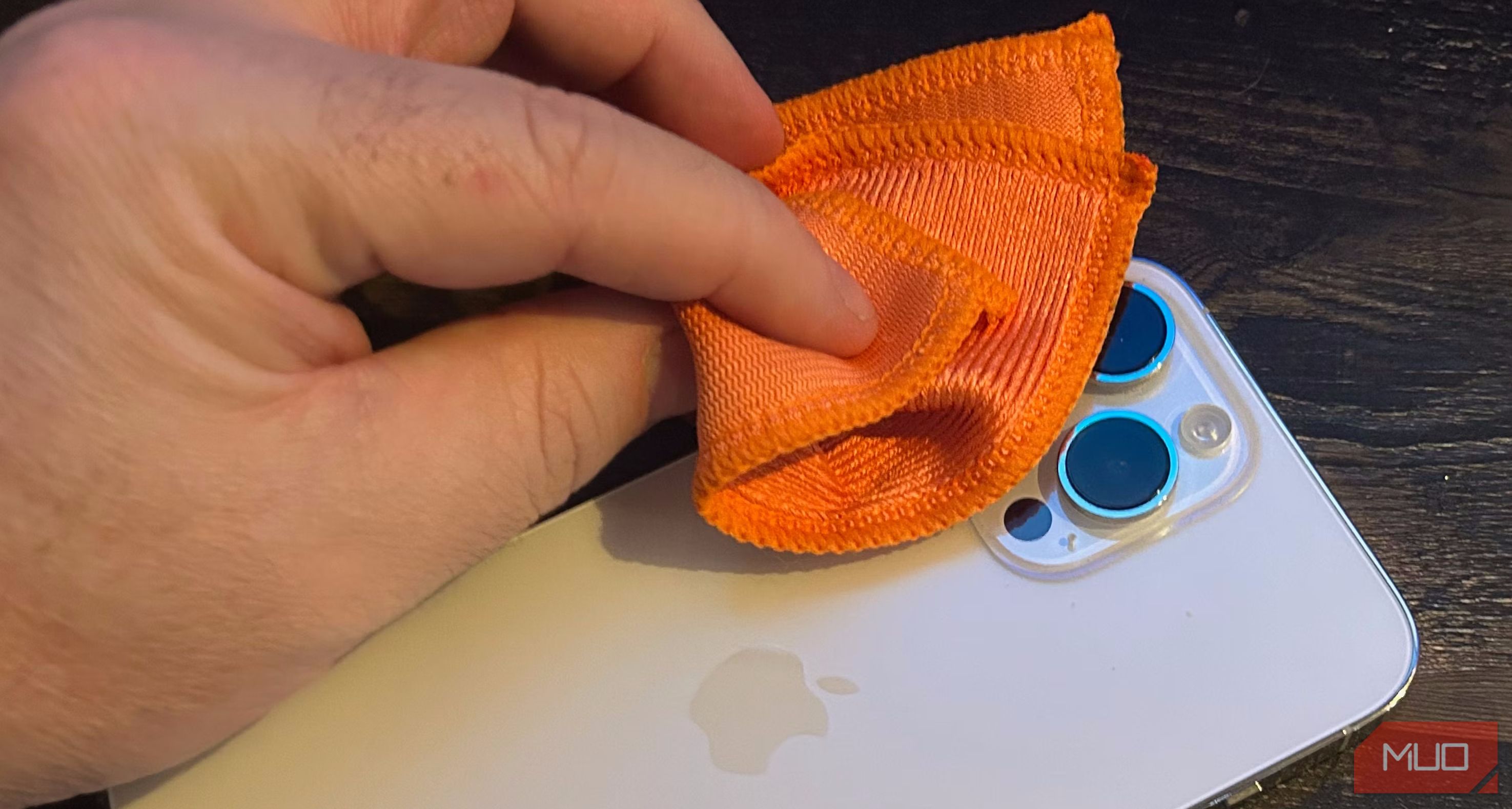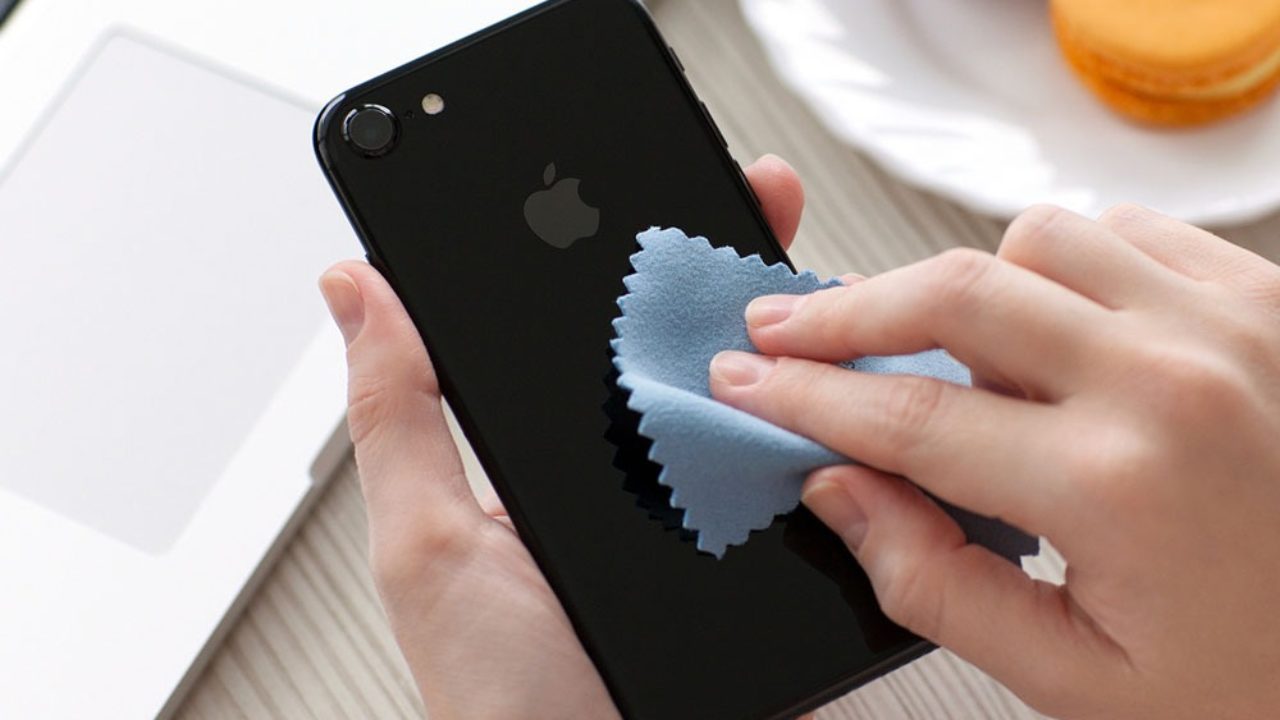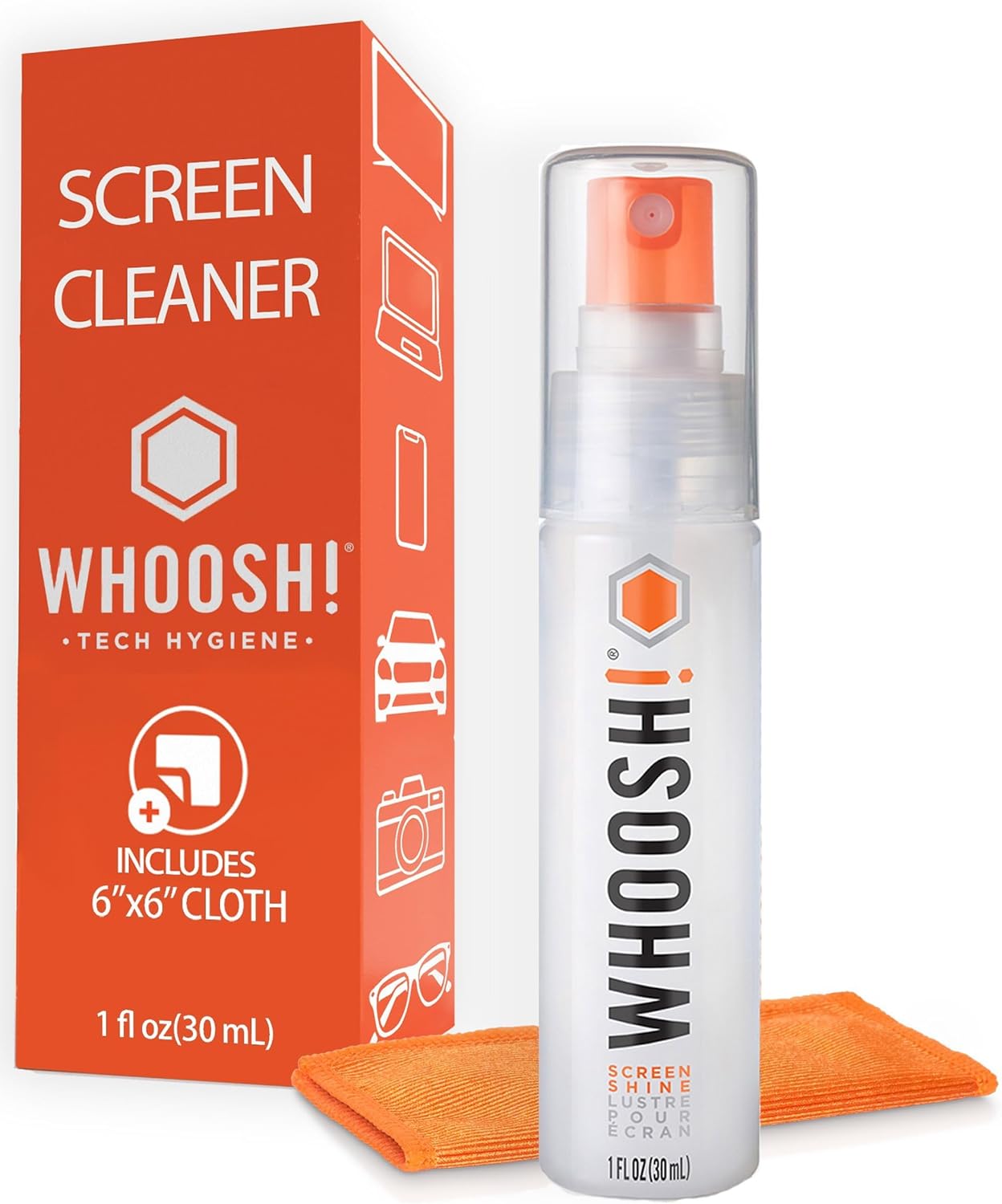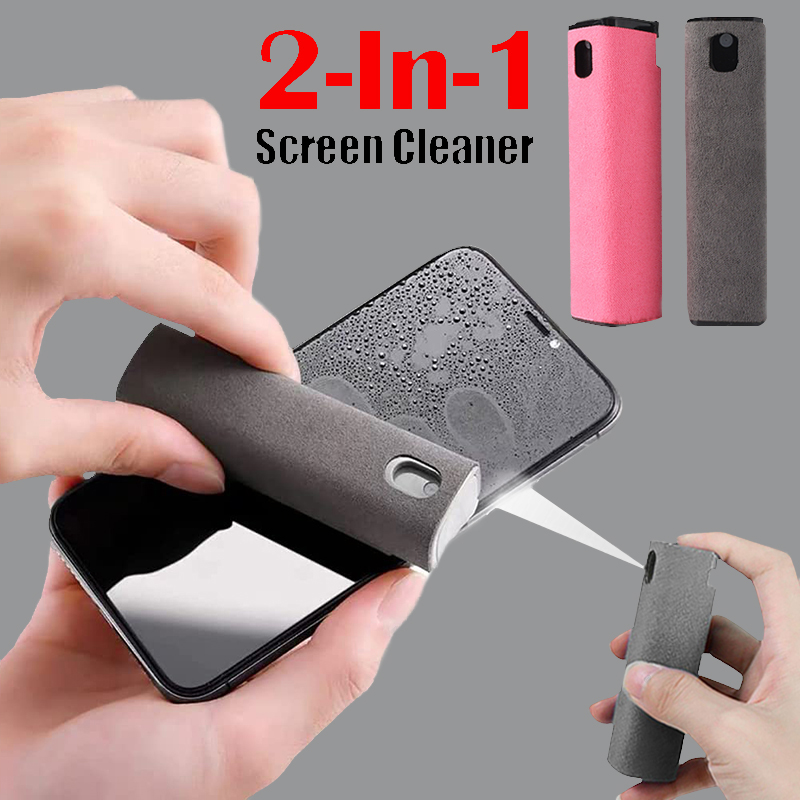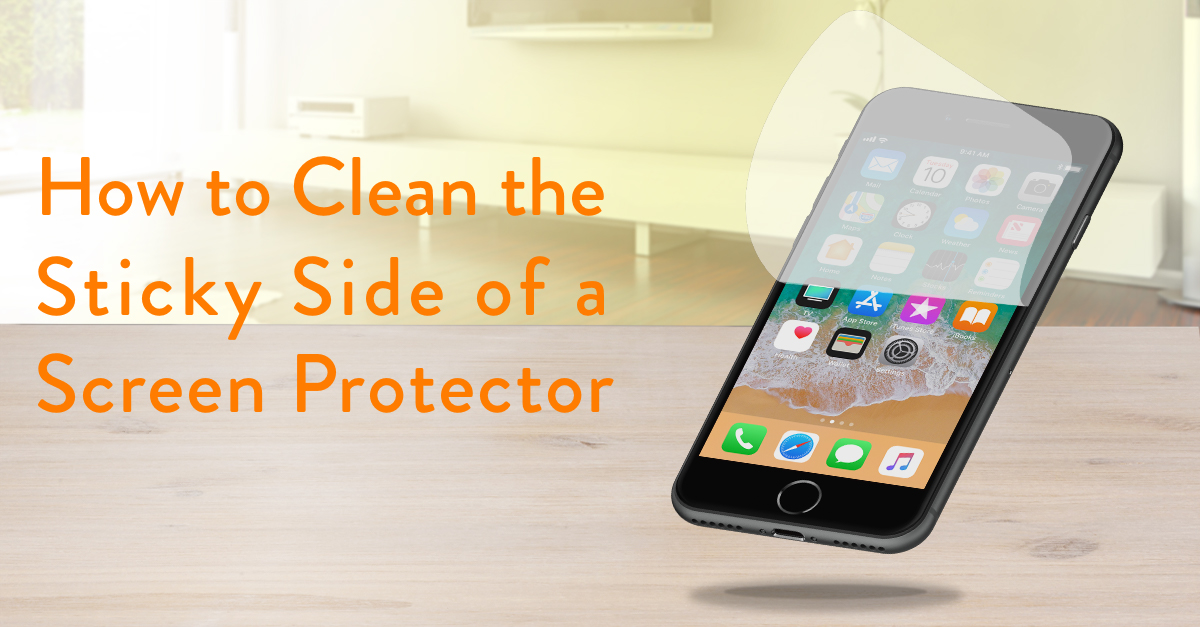Can I Use Lens Cleaner On My Phone Screen
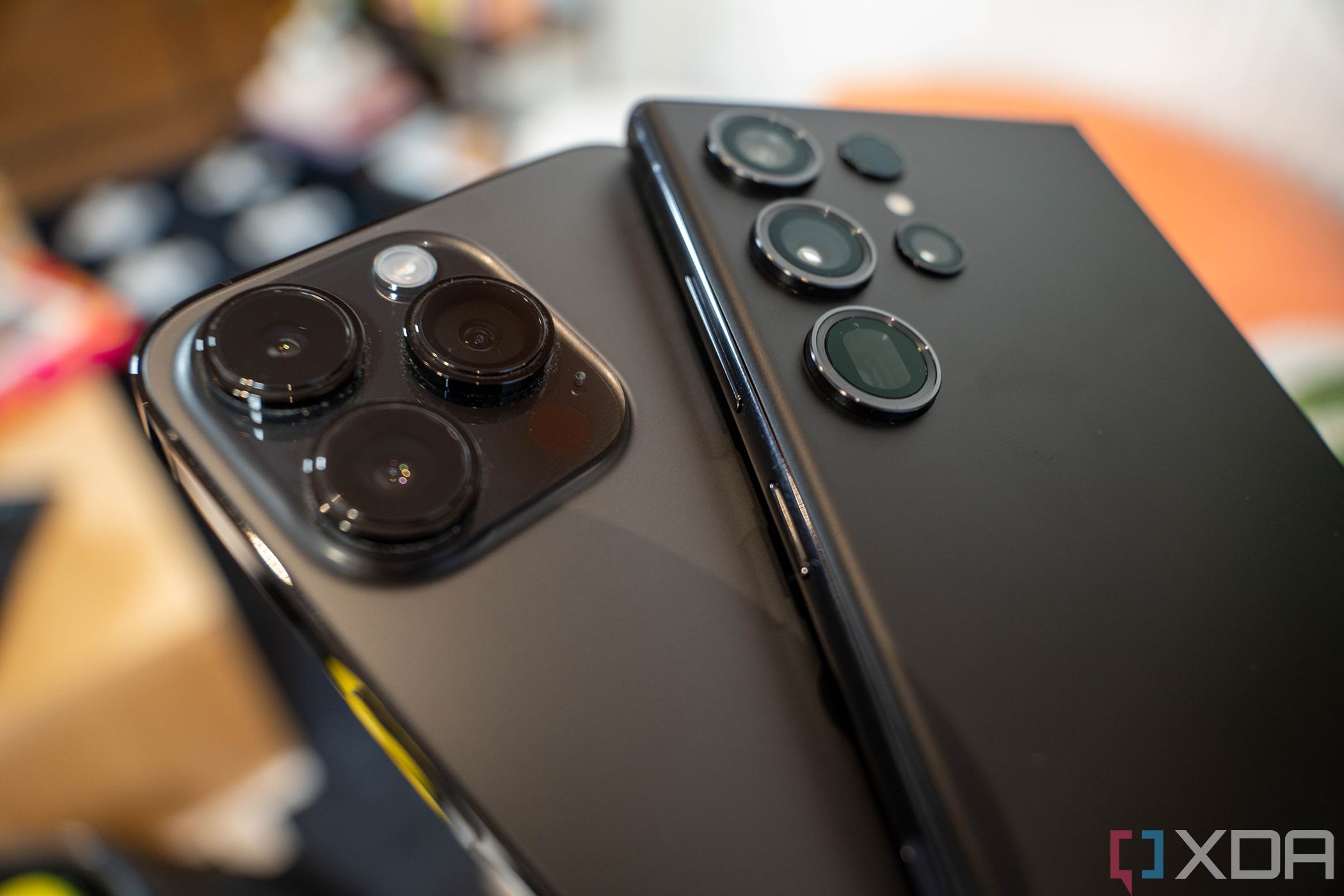
In an age dominated by smartphones, maintaining a pristine screen is a constant pursuit. The appeal of a streak-free, crystal-clear display has many reaching for the nearest cleaning solution, often including lens cleaner designed for eyeglasses. But is this a safe shortcut, or a recipe for disaster?
The question of whether lens cleaner can be used on a phone screen is more complex than it appears at first glance. The nut graf of this issue hinges on understanding the composition of both lens cleaners and the oleophobic coating found on most modern smartphone displays. This article delves into the potential risks and benefits, consulting expert opinions and official guidelines to provide a comprehensive answer.
Understanding the Oleophobic Coating
Most modern smartphones come equipped with an oleophobic coating. This coating is a thin layer designed to repel oils and fingerprints, making the screen easier to clean and more resistant to smudges. It’s this coating that gives a new phone screen its smooth, almost slippery feel.
However, the oleophobic coating is delicate. Harsh chemicals and abrasive materials can degrade or even completely remove it over time. This leaves the screen more susceptible to scratches and fingerprints, diminishing its clarity and tactile feel.
The Composition of Lens Cleaners
Lens cleaners are typically formulated with a blend of solvents, detergents, and water. Isopropyl alcohol is a common ingredient, valued for its cleaning and disinfecting properties. Other components may include surfactants, which help to break down oils and grime.
While effective for cleaning eyeglasses, these chemicals can pose a threat to the oleophobic coating on a smartphone screen. The concentration of alcohol, in particular, is a key concern, as higher concentrations can strip away the coating.
The Risks of Using Lens Cleaner on Phone Screens
The primary risk associated with using lens cleaner on a phone screen is the potential damage to the oleophobic coating. Over time, repeated exposure to even mild concentrations of alcohol can wear down this protective layer. This makes the screen more prone to fingerprints and smudges, requiring more frequent cleaning and potentially leading to micro-scratches.
Furthermore, some lens cleaners contain ingredients that are not compatible with the adhesives used to bond the screen to the phone's body. While less common, prolonged use could, in theory, weaken these adhesives, leading to screen separation or other display issues.
It’s also important to consider the application method. Spraying lens cleaner directly onto the phone screen can allow liquid to seep into openings, potentially damaging internal components. Always apply any cleaning solution to a microfiber cloth first, then gently wipe the screen.
Official Recommendations and Alternative Solutions
Major smartphone manufacturers, such as Apple and Samsung, generally advise against using harsh chemicals or abrasive cleaners on their devices. Their official guidelines typically recommend using a soft, lint-free cloth, slightly dampened with water, to clean the screen.
Apple's support pages explicitly state that you can use 70% isopropyl alcohol wipes or Clorox Disinfecting Wipes to gently wipe the exterior surfaces of your iPhone. However, it is crucial to avoid getting moisture in any openings and to refrain from submerging the iPhone in any cleaning agents.
Samsung provides similar guidance, emphasizing the importance of using a microfiber cloth and avoiding excessive moisture. They also suggest that more stubborn smudges can be removed with a slightly damp cloth, but caution against using excessive pressure.
Safer Alternatives: What to Use Instead
If water alone isn't sufficient, consider using a screen cleaner specifically designed for electronic devices. These cleaners are typically formulated with milder ingredients that are less likely to damage the oleophobic coating.
Another option is to use a microfiber cloth designed for cleaning eyeglasses or camera lenses. These cloths are gentle and effective at removing fingerprints and smudges without the need for any cleaning solution.
“Using a slightly damp microfiber cloth is generally the safest and most effective way to clean a smartphone screen,” says Dr. Emily Carter, a materials scientist specializing in surface coatings. “Avoid harsh chemicals and abrasive materials to prolong the life of the oleophobic coating.”
User Experiences and Anecdotal Evidence
Online forums and tech communities are filled with anecdotal accounts of users who have used lens cleaner on their phone screens with varying results. Some users report no noticeable damage, while others claim to have experienced a gradual degradation of the oleophobic coating.
These varied experiences highlight the importance of considering the specific type of lens cleaner used, the frequency of application, and the individual user's screen sensitivity. While some users may get away with occasional use, it's generally advisable to err on the side of caution.
The Long-Term Effects and the Bottom Line
The long-term effects of using lens cleaner on a phone screen may not be immediately apparent. However, repeated exposure can gradually degrade the oleophobic coating, leading to a less-than-optimal viewing experience and potentially increasing the risk of scratches. Even if no visible damage is seen, the protective qualities can be lessened.
While occasional use of a diluted lens cleaner might not cause immediate harm, it's generally not recommended as a regular cleaning method. Sticking to a soft, lint-free cloth, slightly dampened with water, or a screen cleaner specifically designed for electronic devices is the safest and most effective way to maintain a pristine phone screen.
Looking Ahead: Future of Screen Protection
The future of screen protection may involve more durable oleophobic coatings or even self-healing materials that can repair minor scratches and abrasions. Researchers are actively exploring new materials and technologies to improve the longevity and resilience of smartphone displays.
Until then, practicing proper screen cleaning techniques and avoiding harsh chemicals remain the best ways to protect your investment and ensure a clear and enjoyable viewing experience.
Ultimately, the decision of whether or not to use lens cleaner on your phone screen is a personal one. However, by understanding the potential risks and benefits, and by considering the official recommendations from smartphone manufacturers, you can make an informed choice that protects your device and prolongs its lifespan.


